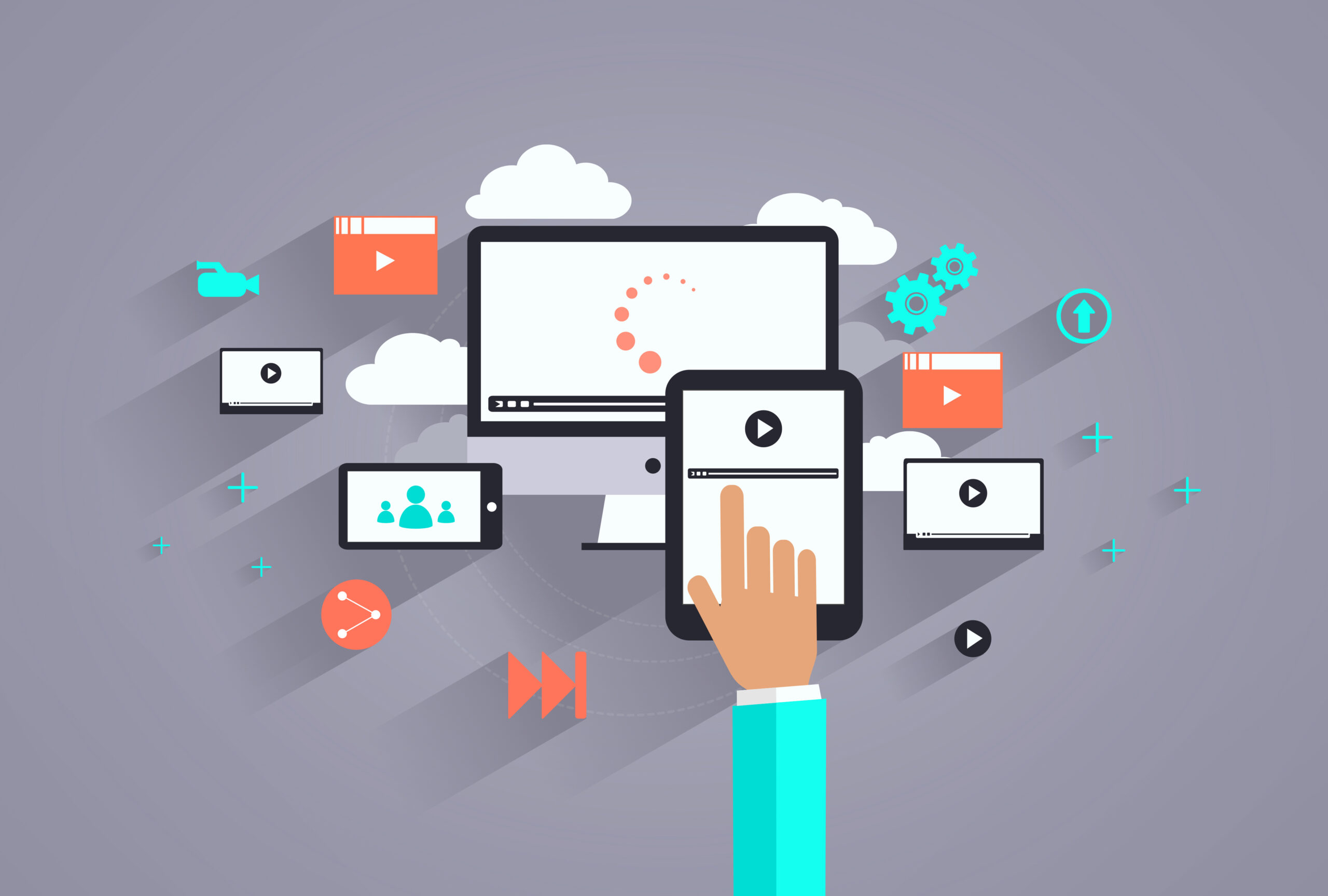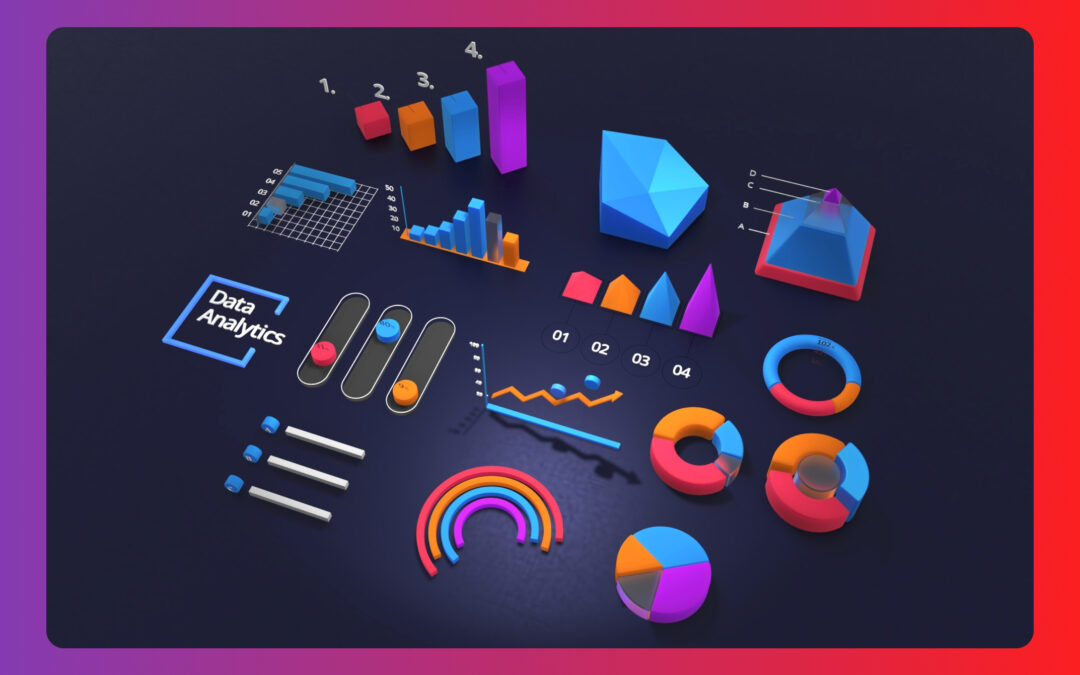Think of the digital age as a mega-wave, splashing us with a lot of data – kind of like an ocean of information. People say data is like crude oil, which sounds cool, but here’s the tricky part. If I gave you a barrel of crude oil, could you turn it into gasoline for your car? Probably not. Well, data is kind of like that. It’s a big, messy pile of stuff that needs some serious processing before we can find the gems inside. The challenge for businesses in this information age is how to utilise this ever-growing data stream effectively.
“Dashboards as we know them display data, they simply convey information. The reader has to convert this into insights, which hopefully leads to better understanding of the situation. Micro-dashboards focus on relaying just the insights, so you don’t have to be a data-nerd to understand the situation.”
But why?
Every piece of data holds potential value, but it only becomes truly valuable when used as a tool to achieve a specific objective. The process of harvesting data should not be taken carelessly; it needs a strategic approach. The first step is defining the end goal, the ‘why’ behind the data collection.
Once you know what you aim to achieve, you can identify the specific data types required to fulfill your objective. The end goal helps you navigate the massive sea of data, drawing only what’s necessary. Collecting data without a clear goal in mind, however, could lead you down a path of information overload without any valuable insights.
If you don’t collect what you don’t need, you minimise your data challenge. You don’t have to secure, process, clean and maintain it which saves you a huge effort.
Personalised Data Insights
Depending on the role one plays within the organisation, the data requirement changes significantly. Let’s set an example based on Customer Experience insights (we work on that daily, of course).
A cashier’s goal is to ensure today’s customers leave the store satisfied. They take advantage of real time insights from their floor to improve customer experience. On the other hand, a board member is focused on strategic decision-making to enhance customer satisfaction over the next decade. Their needs encompass a broader range of metrics spanning across different timelines and touchpoints and it is more relevant to for example see how a specific concept scores for a specific target audience.
This stark difference in needs within the same organisation underscores the importance of a tailored approach to insight provision.

Enter the Micro Dashboarding Era
To address the varying data requirements, a solution is proposed: micro dashboarding. The first step is to customise dashboards so they align with different roles within the organisation. This customization ensures that each role can focus on the insights relevant to their specific goals, without being bombarded with filler information.
Micro dashboarding simplifies data consumption by providing individuals with the exact insights they need to perform their duties efficiently. The term “dashboard”, however, might present a limitation. While it hints at a visual platform with graphs and charts, the core of the approach revolves around the idea of delivering essential insights in the most efficient way at the most fitting time.
“If you don’t collect what you don’t need, you minimize your data challenge. You don’t have to secure, process, clean and maintain it which saves you a huge effort.”
Beyond Dashboards: Reshaping Data Consumption
The conventional idea of data consumption through static dashboards needs a refresh. While dashboards have served as a go-to for data insights, it is not always the most practical or efficient tool for all roles. A floor manager or cashier cannot be expected to continually log into a dashboard during their busy schedule.
A more dynamic approach, such as a system of notifications or alerts, could serve to deliver insights that require immediate action. Essentially, the micro dashboarding concept promotes insight consumption in a flexible, role-appropriate format, be it a comprehensive dashboard for a director or a quick notification for a cashier.
Data Bites: Satisfy Your Organization’s Thirst for Data
Just as a body requires hydration to function optimally, an organisation needs a steady supply of relevant insights to drive performance. This need, however, varies across the organisational structure.
A director might need a deep dive into a variety of data points – let’s call these data meals – for a comprehensive overview.
In contrast, a cashier might only require a data bite – a quick alert about an anomaly in their area of work.
The methods and amount of data consumed differ significantly, which leads to organisational improvement across the whole organisation.
Conclusion
Data consumption is not a universal process. It needs a tailored approach that resonates with the specific needs of each role within an organisation. By using the principles of micro dashboarding, organisations can actually get the value from their data like a refinery can convert crude oil into usable resources.
This approach ensures that every individual, regardless of their role, has access to relevant data that enables them to perform their tasks effectively. In turn, this contributes to the overall success of the organisation.
After all, in the era of information, the power to use data intelligently is the ultimate competitive advantage.
Satys. | Profitable insights from customer experience.

Recent Comments